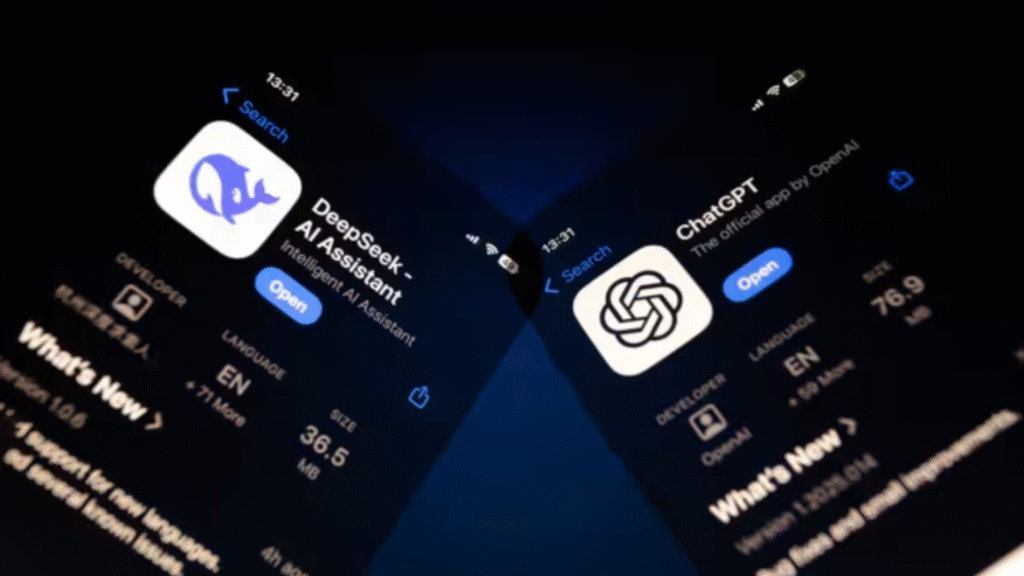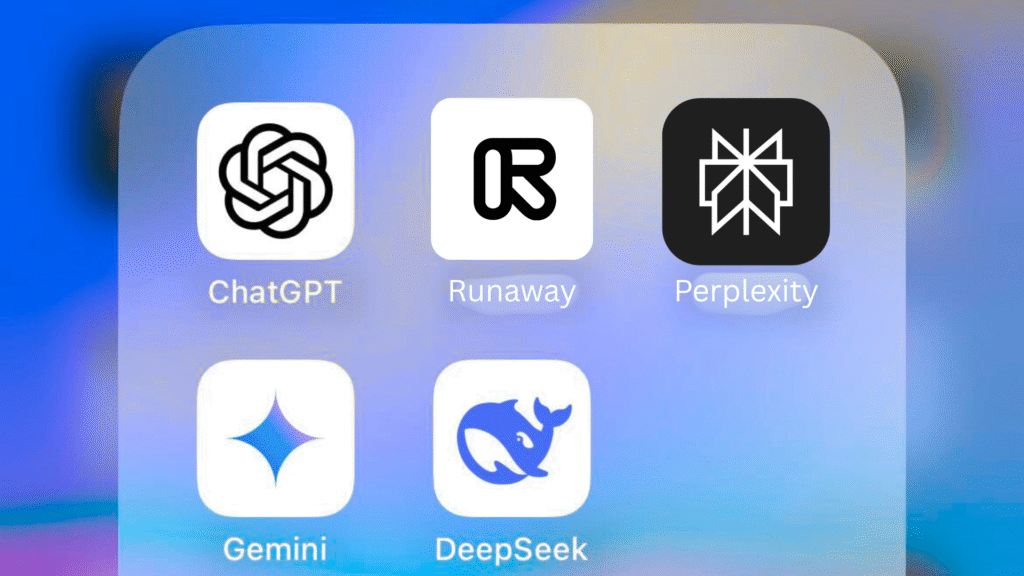Your team perfects prompts for ChatGPT, achieving excellent results. Then you try identical prompts with Claude—inconsistent outputs. Switch to Gemini—different problems emerge. The same prompt that works brilliantly with one AI model fails dramatically with another.
This is the cross-model prompting challenge: different AI architectures require adapted prompting techniques to achieve optimal performance, even for identical tasks.
Research from AI interaction studies shows that model-specific prompt optimization can improve output quality by 45-70% compared to generic prompting approaches across different AI systems.
The AI Model Personality Spectrum

Understanding Architectural Differences
- Training Data Variations: Different AI models train on distinct datasets, creating unique knowledge patterns, response styles, and capability strengths.
- Optimization Focuses: AI systems optimize for different objectives—some prioritize conversational flow, others analytical accuracy, some creative flexibility.
- Processing Architectures: Underlying technical structures affect how models interpret instructions, handle context, and generate responses.
- Safety and Alignment: Each AI system implements different safety measures and behavioral guidelines that influence response patterns.
Major AI Model Characteristics
GPT Family (OpenAI):
- Conversational Excellence: Optimized for natural, engaging dialogue and creative collaboration
- Context Integration: Strong ability to maintain conversation flow and reference earlier interactions
- Creative Flexibility: High comfort with open-ended, exploratory, and imaginative tasks
- Instruction Following: Responds well to detailed, conversational prompting styles
Claude Family (Anthropic):
- Analytical Precision: Excels at structured reasoning, step-by-step analysis, and logical problem-solving
- Safety Consciousness: More cautious about potentially sensitive content, requires clear professional context
- Detail Orientation: Performs exceptionally with specific, well-defined parameters and constraints
- Factual Accuracy: Prioritizes accuracy and admits uncertainty rather than generating incorrect information
Gemini Family (Google):
- Research Integration: Superior at incorporating factual information and recent knowledge
- Multi-Modal Processing: Excellent at handling text-image combinations and complex data integration
- Technical Precision: Strong performance on code, mathematics, and scientific content
- Structured Output: Prefers organized, systematic approaches to complex tasks
Cross-Model Adaptation Strategies

The Adaptation Framework
Model Assessment:
- Strength Identification: Understanding each model’s optimal use cases and capabilities
- Limitation Recognition: Acknowledging areas where specific models struggle or underperform
- Response Pattern Analysis: Learning how different models interpret and respond to various instruction types
Practical Adaptation Examples for a Creative Writing Task
GPT-Optimized Prompt
“Let’s collaborate on a compelling marketing story. I want you to help me explore creative angles for a B2B SaaS campaign. Think outside the box and suggest innovative narrative approaches that would engage technical decision-makers.”
Claude-Optimized Prompt
“Task: Create marketing narrative for B2B SaaS product. Target audience: Technical decision-makers at mid-market companies. Requirements: Professional tone, logical structure, evidence-based benefits. Please develop a structured approach with: 1) Core message identification, 2) Supporting evidence points, 3) Call-to-action strategy.”
Gemini-Optimized Prompt
“Analyze current B2B SaaS marketing trends and create data-informed narrative strategy. Include: Market research insights, competitor analysis, target audience demographics. Structure response as: Executive Summary, Market Context, Narrative Strategy, Implementation Timeline.”
Result Differences
Each adapted prompt leverages the specific model’s strengths—GPT’s creativity, Claude’s structure, Gemini’s research integration.
Advanced Cross-Model Techniques

Sequential Model Utilization
Use different models for different project phases based on their strengths:
Example Workflow:
- Gemini: Initial research and data analysis
- Claude: Strategic framework development and structured planning
- GPT: Creative content generation and conversational refinement
Comparative Optimization
Test identical tasks across models to identify optimal assignments for different work types, then develop hybrid prompting approaches that combine techniques effective across multiple models.
How Qolaba Enables Cross-Model Mastery

Unified Multi-Model Interface
Qolaba’s platform provides seamless access to 60+ AI models, enabling systematic cross-model prompting without platform switching or context loss.
Cross-Model Advantages:
- Unified Context: Maintain project context while switching between different AI models
- Performance Comparison: Test identical prompts across multiple models simultaneously
- Model-Specific Optimization: Adapt prompts for different AI architectures within single workflows
Intelligent Model Routing
Smart Assignment Recommendations:
- Task-Model Matching: Automatic suggestions for optimal AI models based on specific task requirements
- Strength Utilization: Route creative tasks to creative-optimized models, analytical work to precision-focused systems
- Performance Optimization: Learn from usage patterns to improve model selection recommendations
Cross-Model Analytics
Comparative Performance Tracking:
- Output Quality Assessment: Measure results across different models for identical tasks
- Efficiency Analysis: Track time and revision requirements for different model approaches
- Team Preference Patterns: Identify which models work best for different team members and task types
Building Cross-Model Expertise

Systematic Comparison Process
- Step 1: Baseline Prompt Creation – Develop standard prompt for specific task type without model-specific optimization
- Step 2: Model Adaptation – Modify baseline prompt for each target model’s strengths and preferences
- Step 3: Performance Testing – Execute adapted prompts across different models and measure result quality
- Step 4: Optimization Iteration – Refine model-specific approaches based on performance results
- Step 5: Template Development – Create reusable cross-model prompting patterns for different task categories
Multi-Model Workflows
Complex Project Architecture: Design workflows that utilize multiple AI models strategically throughout the project lifecycle.
Example Campaign Development:
- Research Phase: Gemini for market analysis and data synthesis
- Strategy Phase: Claude for structured planning and logical framework development
- Creative Phase: GPT for content generation and creative exploration
- Optimization Phase: Multiple models for A/B testing different approaches
The Cross-Model Competitive Edge

Organizations mastering cross-model prompting gain significant advantages:
- Quality Multiplication: 45-70% improvement in AI output quality through model-specific optimization
- Strategic Flexibility: Ability to leverage best AI capabilities for each specific business requirement
- Innovation Acceleration: Access to diverse AI approaches that enable breakthrough applications
- Vendor Independence: Freedom to utilize optimal AI tools without single-system constraints
Cross-model prompting transforms AI from single-tool dependency to comprehensive intelligence toolkit mastery.
Unlock the full potential of AI diversity through systematic cross-model prompting expertise with Qolaba.





